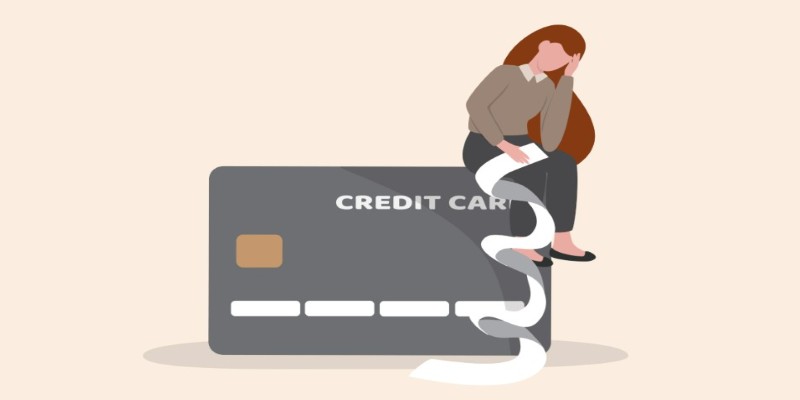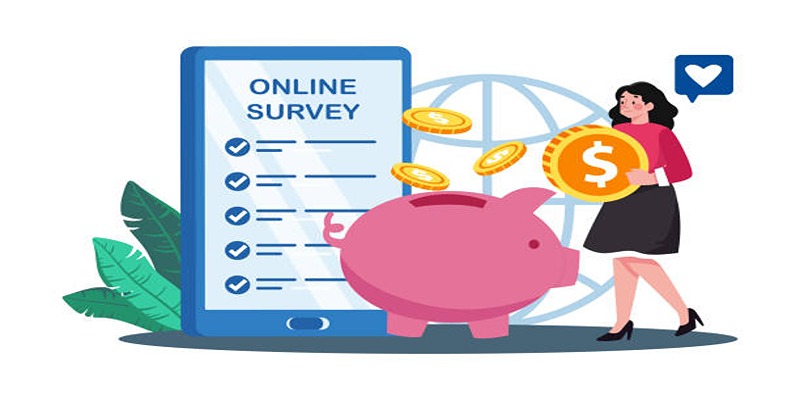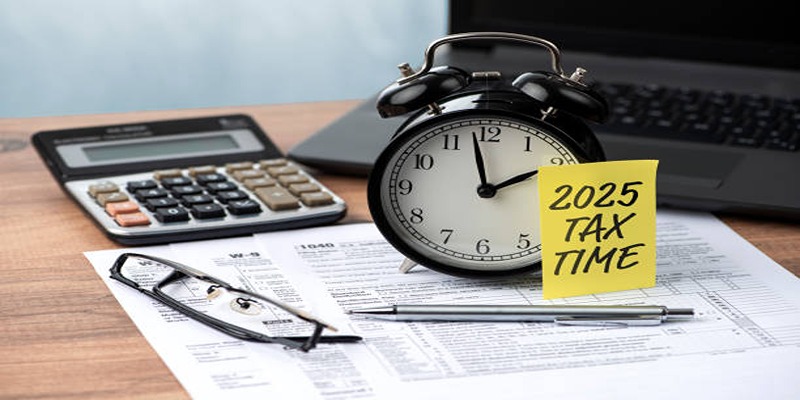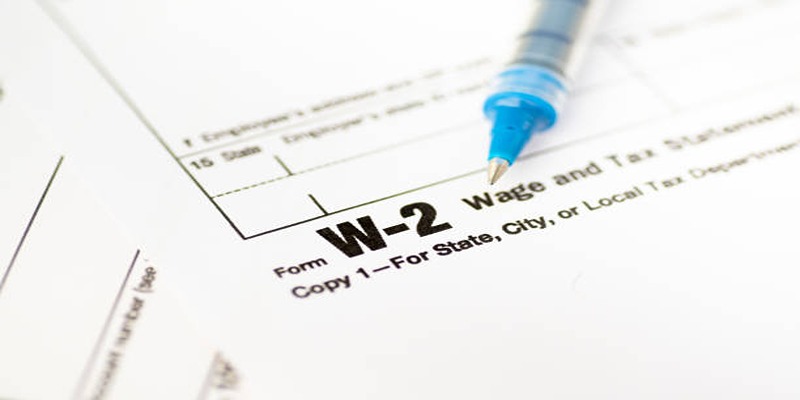When it comes to buying or selling a home, there's more to the price tag than the numbers you see on the listing. One of those hidden (yet significant) costs? Closing costs. These are the fees that show up right at the end when everyone is ready to sign, smile, and pass the keys. But here's the real question—who pays for what? Whether you're the buyer or the seller, it helps to know where your money is going. Let's unpack how closing costs really work—without overcomplicating it.
What Are Closing Costs, Exactly?
Closing costs are the final set of expenses paid during the official transfer of property ownership. Think of them as the last to-do list on the home deal. These charges cover everything from administrative paperwork to taxes, lender fees, and title insurance.
The total usually falls between 2% and 5% of the home’s purchase price. So, if you're buying a $400,000 home, you might be looking at somewhere between $8,000 to $20,000 in closing fees. And no, it's not all one big check—it’s a mix of many small (and sometimes surprising) ones.
That’s because closing a home isn’t just a buyer-seller handshake—it involves lenders, attorneys, appraisers, local governments, and title companies. Each has a job to do, and each charges for their part. These fees might seem small on their own, but together, they form the final bill that makes the sale official.
When the Buyer Pays: A Closer Look
Most of the time, the buyer handles the bulk of the closing costs. That’s just how the process works. It’s not because the buyer did anything wrong—it’s simply that they’re the one taking out the mortgage, and lenders come with a list of charges.
Here’s what buyers typically pay for:
Loan origination fee – This is what the lender charges to start the loan. It’s usually 0.5% to 1% of the loan amount.
Appraisal fee – Before a bank loans out money, it wants to know the home’s real value. That’s where the appraisal comes in. It usually runs between $300 and $600.
Home inspection – Optional but highly recommended. This protects the buyer from walking into a house full of hidden problems.
Title insurance (for the lender) – This covers the lender in case there’s a dispute about the home’s ownership history.
Credit report fee – Small but essential. The lender checks the buyer’s credit score, and someone has to pay for that report.
Prepaid interest and property taxes – These aren’t fees, exactly, but upfront payments that ensure the buyer starts off current.
Recording fees – This is the cost to officially record the sale with the county.
Now, while the buyer often pays for these, that doesn’t mean there’s no wiggle room. In competitive markets, sellers might offer to cover some or all of the closing costs to sweeten the deal—especially if the house has been sitting for a while.
What the Seller Usually Covers
Sellers don’t get off the hook either. Even though they’re the ones walking away with a check, there are still some costs they’re expected to handle.
Common seller closing costs include:
Real estate agent commission – This is typically the biggest fee for sellers. It's usually 5% to 6% of the sale price, split between the buyer’s and seller’s agents.
Title insurance (for the buyer) – In some states, the seller pays for the buyer’s title insurance policy. It protects the buyer against ownership claims.
Transfer taxes – These are local taxes charged when the property changes hands.
Attorney fees – In some places, it’s customary for the seller to hire a real estate attorney for paperwork review.

Outstanding liens or property taxes – If there are unpaid dues tied to the home, they must be cleared before the sale can close.
Sellers might also chip in for home warranty coverage as a goodwill gesture—or to stand out in a buyer-heavy market. That said, everything is negotiable. Nothing’s set in stone unless it’s written into the contract.
A Simple Step-by-Step: How to Know Who Pays What
If you’re not sure what’s expected of you in a particular deal, here's a quick step-by-step approach to finding out—before any surprises hit.
Step 1: Review the Purchase Agreement
This document lays out what each side agreed to. If certain fees are being covered by one party, it’ll be listed here. Read carefully, and don’t rely on assumptions.
Step 2: Talk to Your Agent or Closing Professional

Your real estate agent or the closing/title company can clarify what's typical in your area and explain which costs apply to you. They've seen hundreds of deals and can break things down without jargon.
Step 3: Request a Loan Estimate
If you’re the buyer, your lender will provide this early on. It gives a projected breakdown of closing costs based on your specific loan terms. While the numbers aren't final, this document helps you spot large fees in advance and compare offers between lenders.
Step 4: Compare the Closing Disclosure
This final document arrives a few days before closing. Review it closely to ensure it matches the loan estimate and reflects any negotiated changes.
Wrapping It Up
Closing costs can add up fast—but they don't have to catch you off guard. Whether you're buying or selling, the key is understanding the specific charges involved and who's responsible for them. With the right questions—and the right people helping—you'll move through the closing day with fewer surprises and a lot more confidence.
And while these fees might feel like a formality, they directly impact your final numbers. For buyers, that means factoring them into your upfront cash needs. For sellers, it affects your take-home profit. Knowing this ahead of time lets you plan smarter—not scramble at the last minute.












